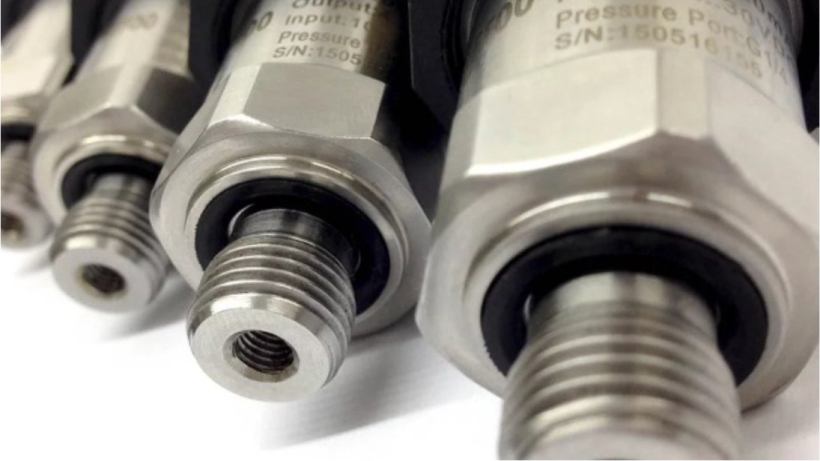In its simplest form, a pressure switch is a device capable of detecting a change in pressure and, at a predetermined level, opening or closing an electrical contact.
Pressure switches fall into three basic classifications: electromechanical, solid state and electronic. Traditionally, pressure switches are electromechanical devices. Today, however, forays into this very old technology are being made by solid-state devices and the new generation of electronic pressure switches.
Currently, there is a wide variety of solid-state pressure switches that have one to four or more switching points, digital monitors, analog and digital outputs and full programming capability.
In many cases, they move from the simple switch line to an open loop controller. In addition to opening or closing the pressure switch circuit, they provide a 4-20 mA proportional analog signal or digital output. The analog signal can interact with PLCs (programmable logic controls), DCSs (distributed control systems) and computers. The main advantage is in the cycle life. Solid-state switches routinely have an operating life of 100 million cycles.
Solid-state pressure switches offer several advantages over electromechanical switches, including:
• Much longer life cycle.
• Accuracy improved to ± 0.5%.
• High resistance to shocks and vibrations.
• The ability to handle a wide range of system pressures.
• Wide frequency response.
• Excellent long-term stability.



